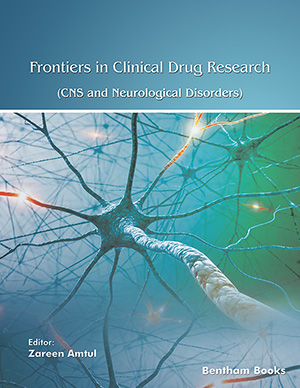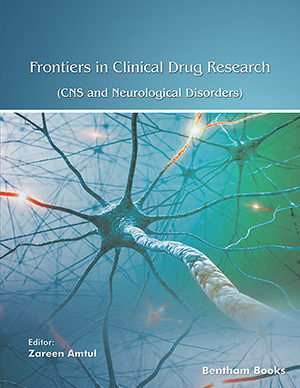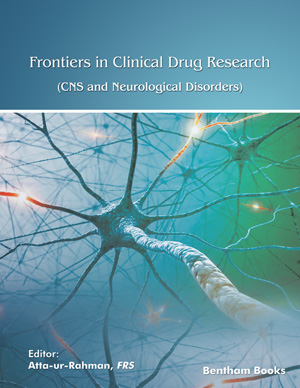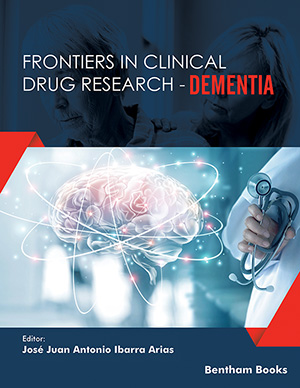
Abstract
Serotonin (5-HT), a neurotransmitter and a neuromodulator, plays an important role in physiological functions and in many pathological conditions. The actions of 5-HT are mediated by a variety of 5-HT receptors, which are distributed extensively in the central nervous system and certain peripheral tissues. A class of drugs which specifically antagonizes the 5-HT type 3 receptor (5-HT3) now occupy an important place in the therapy of cancer, since these drugs allow the use of high-dose cytotoxic treatment by blocking the nausea and vomiting triggered by cancer chemotherapeutic agents and / or radiotherapy. They are also useful as prophylactic agents in preventing postoperative nausea and vomiting due to the anesthetics used in surgical procedures. The 5-HT3 receptor antagonists (with or without other antiemetic drugs) have become the agents of choice in controlling emesis because of higher efficacy and relatively lower adverse effect profile as compared to the conventional antiemetic agents. The major site of action of these drugs appears to be the central 5-HT3 receptors, although inhibition of peripheral receptors may also play a role in the control of vomiting. The clinical efficacy as antiemetic agents and the safety profile of the various agents in this class is similar. These drugs may also be useful in the treatment of pain, pruritus, fibromyalgia, gastrointestinal symptoms, anxiety disorders and alcohol dependency, but not enough clinical data are available to confirm their role in these disorders. The individual 5-HT3 receptor antagonists differ in pharmacokinetic properties and potential for drug-drug interaction.
Keywords: Serotonin Receptor Type 3, SEROTONIN 5-HT3, Dolasetron, Bemesetron, Alosetron hydrochloride, Galdansetron hydrochloride, Tropisetron, Ondansetron, ANTIEMETIC AGENTS, Opioid-Induced Emesis, Palmoplantar Pruritus
 10
10


















